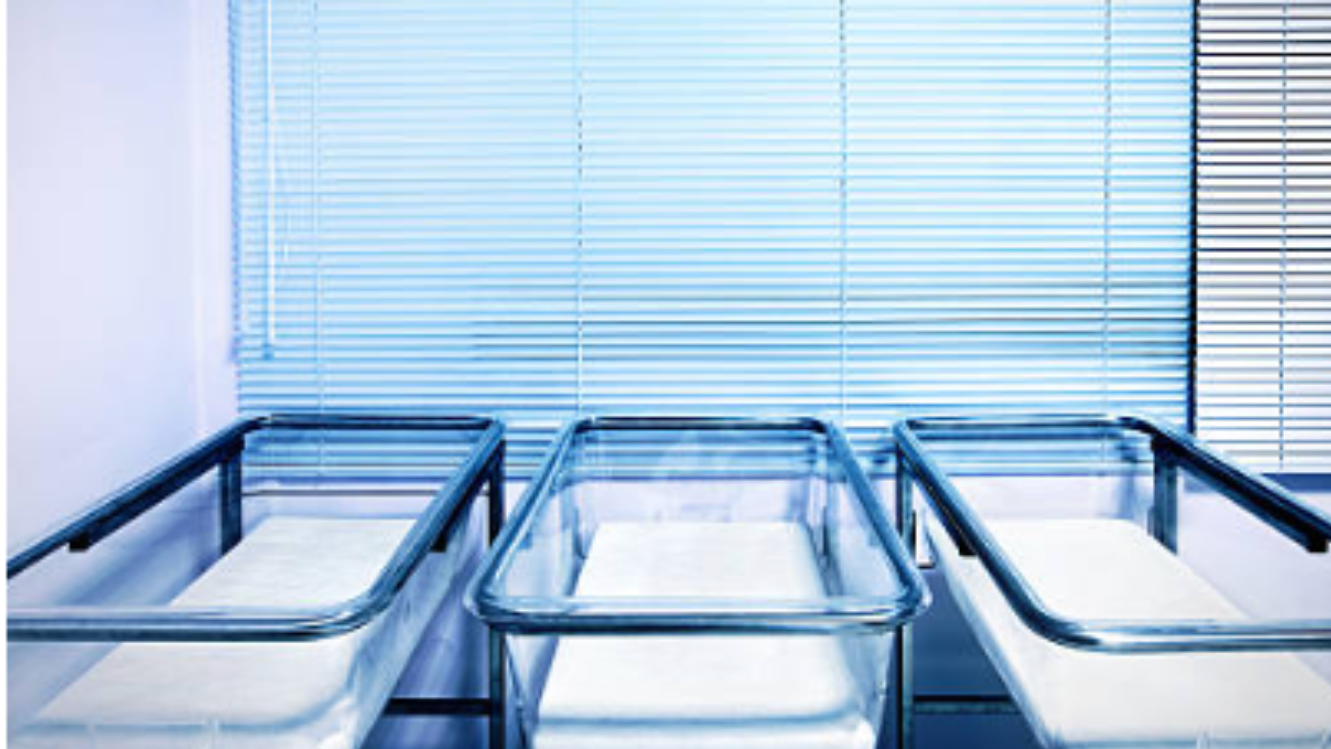South Korea faces a demographic challenge that could affect its future economic growth and social welfare systems. The country’s fertility rate, already the lowest globally, saw a further decline in 2023, signaling a deepening crisis. According to provisional data from Statistics Korea, the fertility rate in the October-December quarter dropped to a mere 0.65, a decrease from 0.70 in the same period the previous year. This figure represents the lowest quarterly rate ever recorded by the agency.
RELATED STORIES: Health Alert: South Korea Advises Against Consuming Deep-Fried Toothpicks
For 2023, the total fertility rate fell to 0.72, down from 0.78 the previous year. To put this into perspective, for every 100 women, only 72 babies are expected to be born over their lifetimes. This rate is less than half the average of the 38 member countries of the Organization for Economic Cooperation and Development (OECD). A fertility rate 2.1 is needed to maintain a stable population, making South Korea’s current level particularly alarming.
The consequences of such a low fertility rate are far-reaching. The total number of births in South Korea plummeted to an all-time low of 230,000 in 2023, marking a 7.7% decline from the year before. This trend poses significant challenges for the nation, including stifled economic growth and increased pressure on pensions and social welfare programs as the population ages. Several factors contribute to South Korea’s declining birth rates, including high housing and education costs and pervasive gender inequality in the workplace. As reported by UPI, these issues have made many young people hesitant to start families despite their desire to have one someday.
RELATED STORIES: Fertility Clinic Nightmare: Woman Learns Ex-Boyfriend Was Her Half-Sibling
The South Korean government and various entities have launched initiatives to reverse this trend. At the beginning of the year, a cash allowance for newborns was increased to approximately $750 per month. Furthermore, the city of Seoul recently introduced a $1.35 billion “birth encouragement” program, which includes subsidies for fertility treatments, egg freezing, and expanded childcare assistance. Even private companies are contributing, with one Seoul construction firm offering a $75,000 bonus to employees who have newborns. Despite these efforts, the demographic crisis looms larger than ever. Statistics Korea’s projections from December suggest that the country’s population could decrease from nearly 52 million in 2022 to 36.2 million by 2072. The United Nations forecasts an even more stark future, with South Korea’s population potentially shrinking to less than half its current size by 2100.
As South Korea grapples with this critical issue, the effectiveness of current measures and the need for more innovative solutions have never been more urgent. The nation’s ability to navigate this demographic challenge will be crucial for its economic stability and social welfare in the coming decades.

